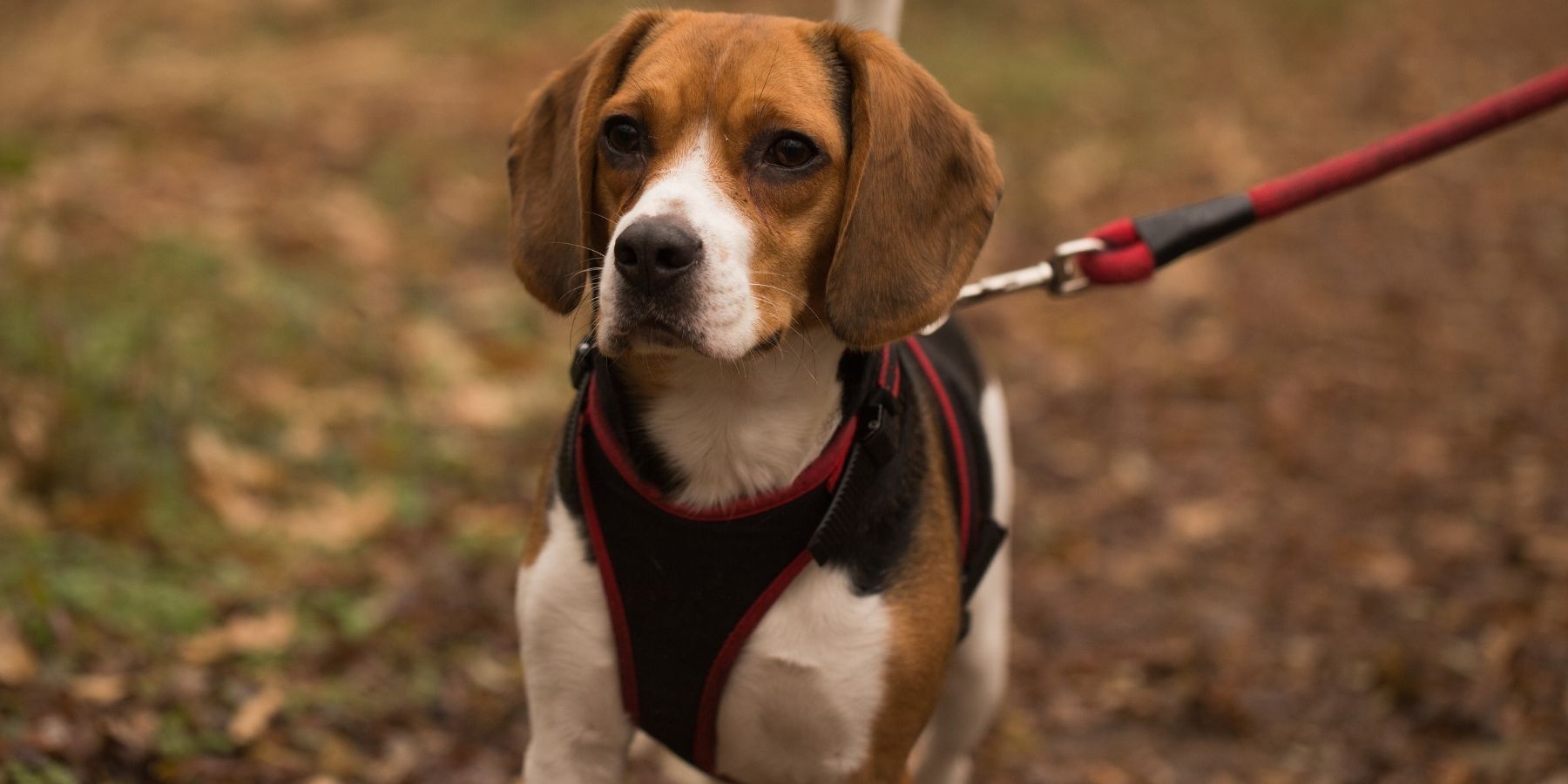Using a harness for your dog offers several benefits, especially for control and safety during walks. However, when it comes to long-term use, it's essential to approach it with the right knowledge and care. This guide will provide you with practical tips and considerations for using a harness on your dog over an extended period.
Why Use a Harness?
Better Control
Harnesses distribute force more evenly across the dog's body, making it easier to manage them, especially if they are large or tend to pull.
Safety
A harness is safer than a collar as it reduces the risk of neck injuries, particularly in breeds prone to respiratory issues or spinal problems.
Comfort
Compared to collars, harnesses can be more comfortable for dogs, especially during long walks or activities, as they reduce strain on the neck.
Choosing the Right Harness
Fit
Getting the right fit is crucial. A poorly fitting harness can cause discomfort or even injury. It should be snug but not tight, allowing for two fingers to slip under the straps.
Material
The material of the harness should be durable yet comfortable. Look for breathable fabrics like mesh for better air circulation, especially in warmer climates.
Design
Different designs serve different purposes. Some are for everyday use, while others are designed for specific activities like hiking or running.
Tips for Long-Term Use
Regular Fit Checks
Dogs grow and their weight can fluctuate. Regularly check the harness for proper fit and make adjustments as needed.
Cleanliness
A dirty harness can lead to skin irritations and infections. Regular cleaning is essential. Follow the manufacturer's instructions for washing and drying.
Monitoring for Discomfort
Pay attention to any signs of rubbing, redness, or hair loss under the harness. This could indicate that the harness is not fitting correctly.
Break Time
Allow your dog time without the harness. This is especially important in a home environment where the risks are minimal.
Rotate Harnesses
If possible, having more than one harness and rotating them can help prevent any one area from becoming irritated.
Training for Comfort
Gradually acclimate your dog to the harness. Start with short periods and gradually increase the duration as your dog becomes more comfortable.
Health Considerations
Skin Checks
Regular skin checks under the harness are vital to ensure there is no irritation or injury.
Movement
Observe your dog's movement. The harness should not restrict their natural motion or ability to breathe comfortably.
Breathing
Be particularly cautious with breeds that have breathing difficulties. The harness should not be tight around the chest or throat.
Additional Considerations
Weather Conditions
Consider the weather when using a harness. In hot weather, a heavy or poorly ventilated harness can cause overheating.
Reflective Features
For safety during early morning or evening walks, choose a harness with reflective material.
Identification
Some harnesses come with pockets or tags for identification, which can be useful in case your dog gets lost.
Special Needs Dogs
Dogs with specific health issues may need specially designed harnesses. Consult with your vet for recommendations.
Consistency
Be consistent in how you put on and remove the harness. This helps your dog feel secure and cooperate each time.
Summary
Long-term harness use can be beneficial for both you and your dog, but it requires attention to detail and understanding of your dog's needs. Choose the right harness, keep it clean, and monitor your dog for any signs of discomfort. Remember, the goal is to ensure the safety and comfort of your furry friend.
FAQs
Q: Can a harness replace a collar?
A: A harness can be used in place of a collar for walks, but it's advisable to have a collar with ID tags for identification purposes.
Q: Can a dog wear a harness all the time?
It's a common question for dog owners. Short answer: No. Long-term harness wearing can cause skin issues and discomfort. Give your dog breaks from the harness.
Q: How long does it take for a dog to get used to a harness?
A: This varies depending on the dog. Some may adjust quickly, while others may take a few weeks. Be patient and consistent.
Q: Are harnesses suitable for all dog breeds?
A: Most breeds can benefit from a harness, but the style and size may vary based on the breed's size and shape.
Q: Can puppies wear harnesses?
A: Yes, but ensure it’s the right size and adjust it as they grow.

